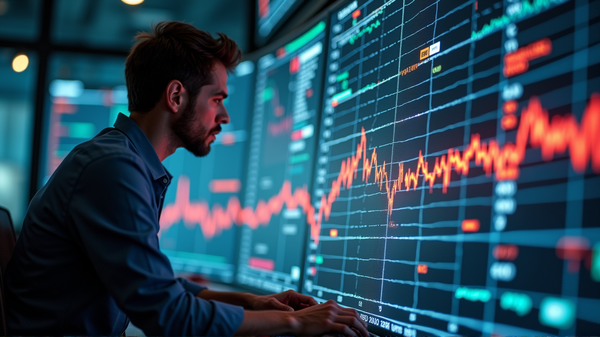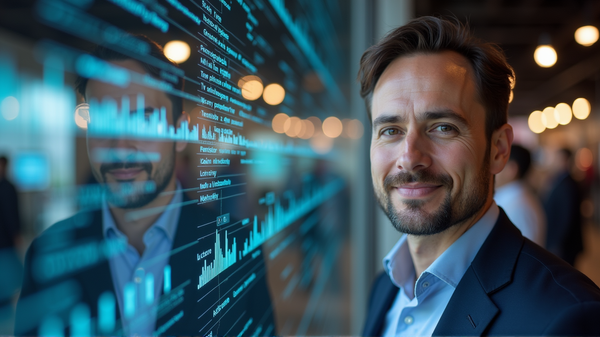Deepfake Dangers: Unraveling Trust in Global Finances
How deepfakes pose unprecedented risks to the stability and security of global financial systems.

Imagine the unsettling scenario of a major bank transfer authorized by a video call featuring an executive’s seemingly familiar voice and face, only to later find out it was a highly convincing deepfake. The account stands empty, with irreversible transactions already set in motion. Such alarming instances are no longer distant predictions; they are tangibly shaping the future of financial trust.
Digital Deception’s Evolving Threat
Deepfakes are revolutionizing the way cybercriminals exploit vulnerabilities not through software, but by targeting human psychology. According to Modern Diplomacy, this modern breed of attack manipulates digital audio and visuals to craft believable but fraudulent scenarios, turning trust into a critical weakness.
The Impending Menace to Finance
These synthetic lies aren’t just disrupting individual accounts—they hold the potential to shake entire economies. In contrast to political deepfakes, which aim to sway public opinion, their financial counterparts execute silent yet devastating strikes. By impersonating key financial personnel or influencing market decisions with fabricated press releases, the implications are systemic.
The Multinational Web of Cybercrime
Tracing deepfake perpetrators can resemble a geopolitical entanglement. Originating in one country but executed in another, these crimes obscure culprits under layers of international disparity. From nation-states to terrorists looking to destabilize regions, the technology’s low-cost and high-reward nature attracts a diverse pool of threat actors.
Vulnerabilities of the Global South
Particularly at risk are financial infrastructures in the Global South, where rapid digitization often outpaces security measures. Gaps in regulations, technological safeguards, and collaborative networks compound the issue, leaving these regions more susceptible to debilitating financial exploits that can spill over internationally.
Towards Universal Defense Against Deepfakes
Confronting this systemic threat necessitates a unified, global response. Harmonizing regulatory standards, creating robust deepfake detection protocols, and fostering multilateral communication channels are imperative. Moreover, industry and governmental partnerships must emphasize educating digital citizens on recognizing and mitigating these sophisticated frauds.
Conclusion: Safeguarding the Trust
As we navigate this digital era, ensuring the integrity of financial systems requires vigilance, innovation, and resilience. Only by recognizing deepfakes as structural disruptors to conventional trust can regulatory and technological allies build a defense robust enough to secure tomorrow’s economies from today’s synthetic manipulations.
The road to safeguarding the global financial fabric is fraught with challenges, but with concerted action and awareness, it can remain a tapestry stitched with trust rather than dissolving into a tangle of uncertainties.





